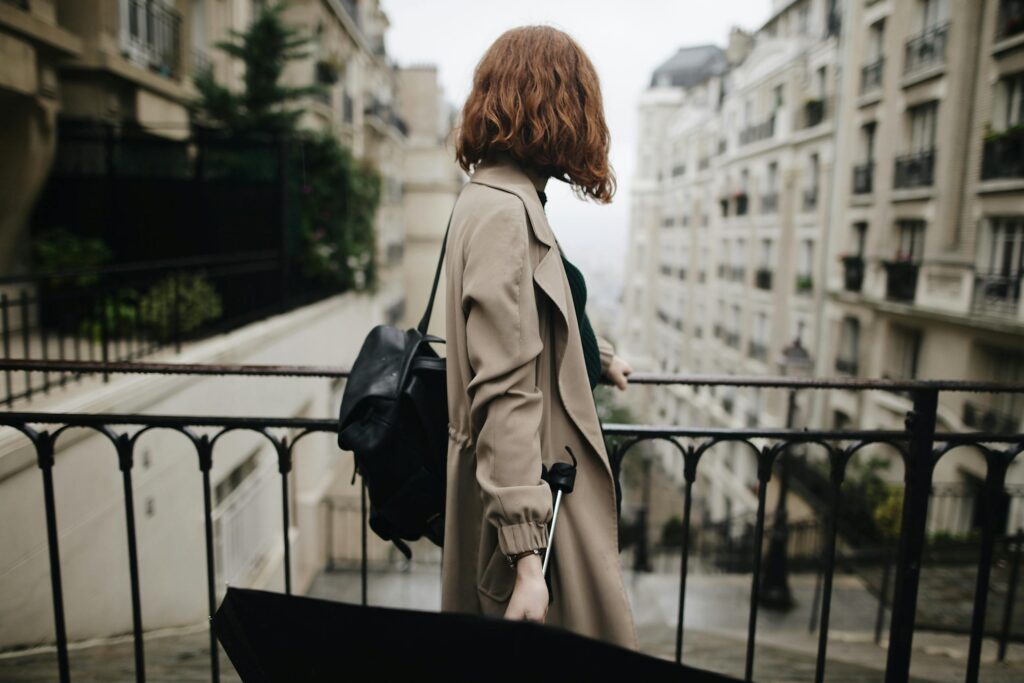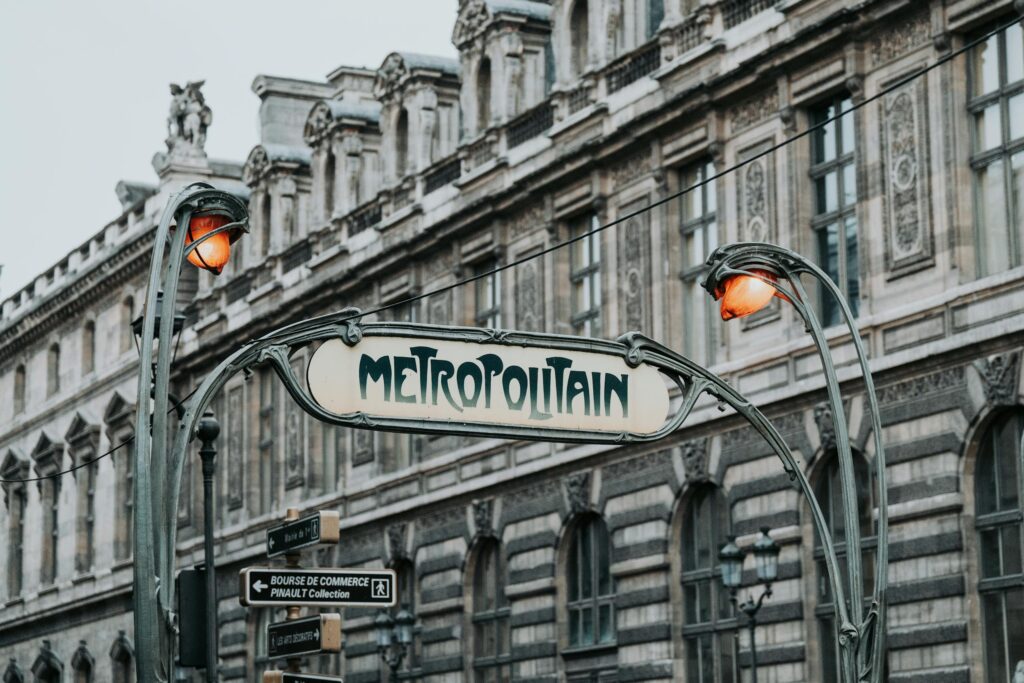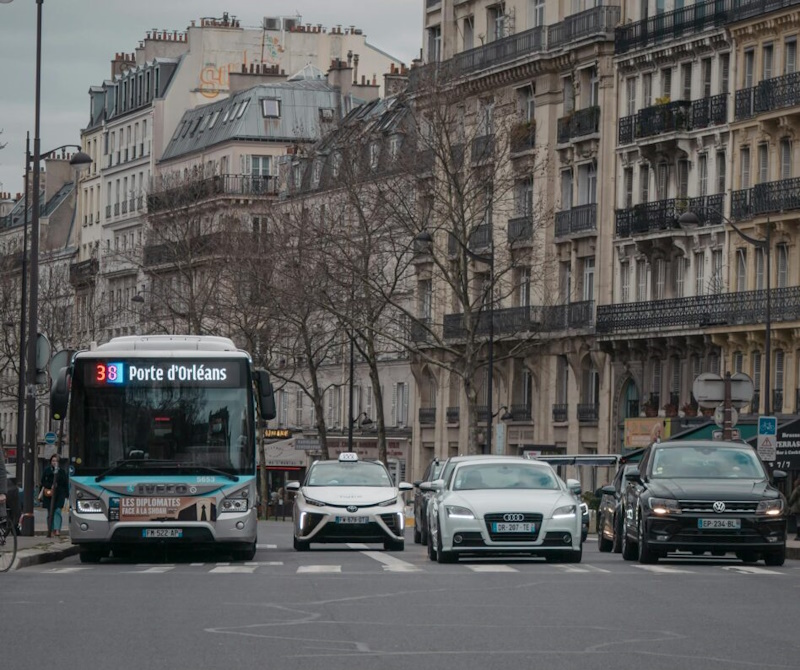Paris Travel Tips from Locals and Visitors
First-time visitors often expect Paris to be effortless. Then they hit a packed station, order coffee the wrong way, or buy the wrong pass and wonder what went wrong.
Locals and repeat travelers know the small moves that make the city work in your favor.
First Impressions and Etiquette
Visitors are often surprised at how polite and orderly daily life feels in Paris. Locals expect basic courtesies, especially a greeting when you walk into a shop, café, or office. A simple “Bonjour monsieur” or “Bonjour madame” sets the right tone.
Small talk isn’t part of most interactions, but that doesn’t mean people are unfriendly. Following the unspoken rules is more important than trying to charm with conversation.
Many people speak English, especially in central areas. Still, making the effort to use a few words of French is noticed and appreciated. It helps show that you’re meeting locals halfway rather than expecting them to adapt entirely to you.
Dress and Presentation

Daily clothing in Paris tends to be modest and well put together. Long skirts, sundresses, and linen trousers are common in warm weather.
You rarely see yoga pants or athletic wear worn as street clothing. Skimpy outfits appear more in hot weather, but much of that comes from tourists rather than Parisians.
The approach isn’t about covering up for moral reasons but about looking like you made an effort. This applies to men too, with casual sportswear saved for actual workouts.
In offices, attire can be relaxed – jeans and sneakers are common in some industries – but still neat.
Navigating the Metro

The Paris Metro is efficient, but first-time users often find it confusing. Large stations like Châtelet and Les Halles are complex to navigate, with long corridors and multiple levels.
Some transfers require walking considerable distances. Certain routes even ask you to rescan your ticket mid-journey, which can catch newcomers off guard.
Apps make a big difference. Citymapper is a favorite for giving clear routes, indicating which car to board, and telling you which exit to use.
Google Maps and Apple Maps also work well for many people. The RATP app provides official updates, exit numbers, and train positions.
For those visiting Père Lachaise cemetery, Google Maps can guide you directly to a specific grave.
Tickets can be purchased individually or loaded onto cards. NFC tap payments now work at gates. Paper tickets are being phased out and will be gone from metro stations by late 2025.
Passes and Payment Options
The Navigo Easy card costs €2 and can be loaded with single trips or day passes.
The Navigo Découverte weekly pass costs €30 plus a €5 card fee and a passport photo. It covers all zones from Monday to Sunday, including the airports, Versailles, and Disneyland Paris.
Cards can be reused on future visits to avoid the extra fee and photo requirement.
Within Paris city limits, fares are a flat rate. You only pay more when traveling into outer zones.
Keep your ticket handy, as some stations require it for exit and inspectors occasionally check for valid fares.
See this post for more info about the metro system.
Choosing Buses Over the Metro

Buses offer a slower but more scenic way to get around. Routes are color-coded and easy to follow with a mapping app. You see more of the neighborhoods, and in hot weather, the ride is often more comfortable than the metro.
Bus etiquette differs from some places. Most people stand up and move toward the exit before the bus reaches their stop. Learning this small habit helps you fit in and keeps things moving smoothly.
Safety and Practical Advice
Central Paris feels safe to most visitors, but pickpockets target busy areas and crowded transport. Keeping an eye on your belongings is a basic precaution.
Trains arrive every few minutes, so there’s no need to rush onto a platform. Taking a moment to check the route and exits before boarding can save confusion later.
Doing a little homework before you arrive pays off, especially with transport. Understanding how the passes work, knowing which apps to download, and being aware of station layouts can turn your first metro ride from a stressful puzzle into an easy part of the day.
August in Paris
August changes the rhythm of the city. Many locals go on holiday, leaving the streets quieter.
It’s easier to move around without the regular rush, but the trade-off is that some restaurants, cafés, and smaller shops close for part or all of the month. Major attractions stay open, so sightseeing doesn’t suffer.

